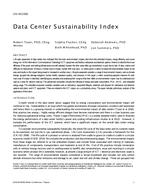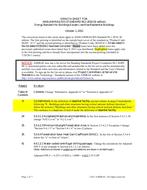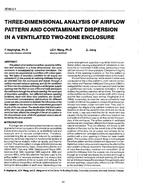Click here to purchase
This paper describes a newly developed hybrid model to enable the simulation of smoke and heat movement in multicompartment buildings due to a fire. The hybrid model comprised two integrated models: a zone and a network model. The two-zone model was developed to simulate fire and smoke movement inside the room of fire-origin and neighboring compartments. The network model capable of predicting both mass and energy flow is used to simulate smoke movement into the rest of the compartments that are far away from the fireorigin room. The two models were combined to produce a hybrid model that allows an accurate simulation of fire dynamics in both the near- and far-field.
The paper illustrates the different steps of the development of the model. In a subsequent paper, the implementation of the developed hybrid model for different buildings will be discussed. In order to understand mass and heat transfer between compartments, two types of vent flows are discussed here: horizontal flow through a vertical vent, and vertical flow through a horizontal ceiling vent. Equations for both types of vent flows are presented in the paper.
Citation: ASHRAE Transactions, Volume 117, Part 1, Las Vegas, NV
Product Details
- Published:
- 2011
- Number of Pages:
- 8
- File Size:
- 1 file , 1000 KB
- Product Code(s):
- D-LV-11-010


